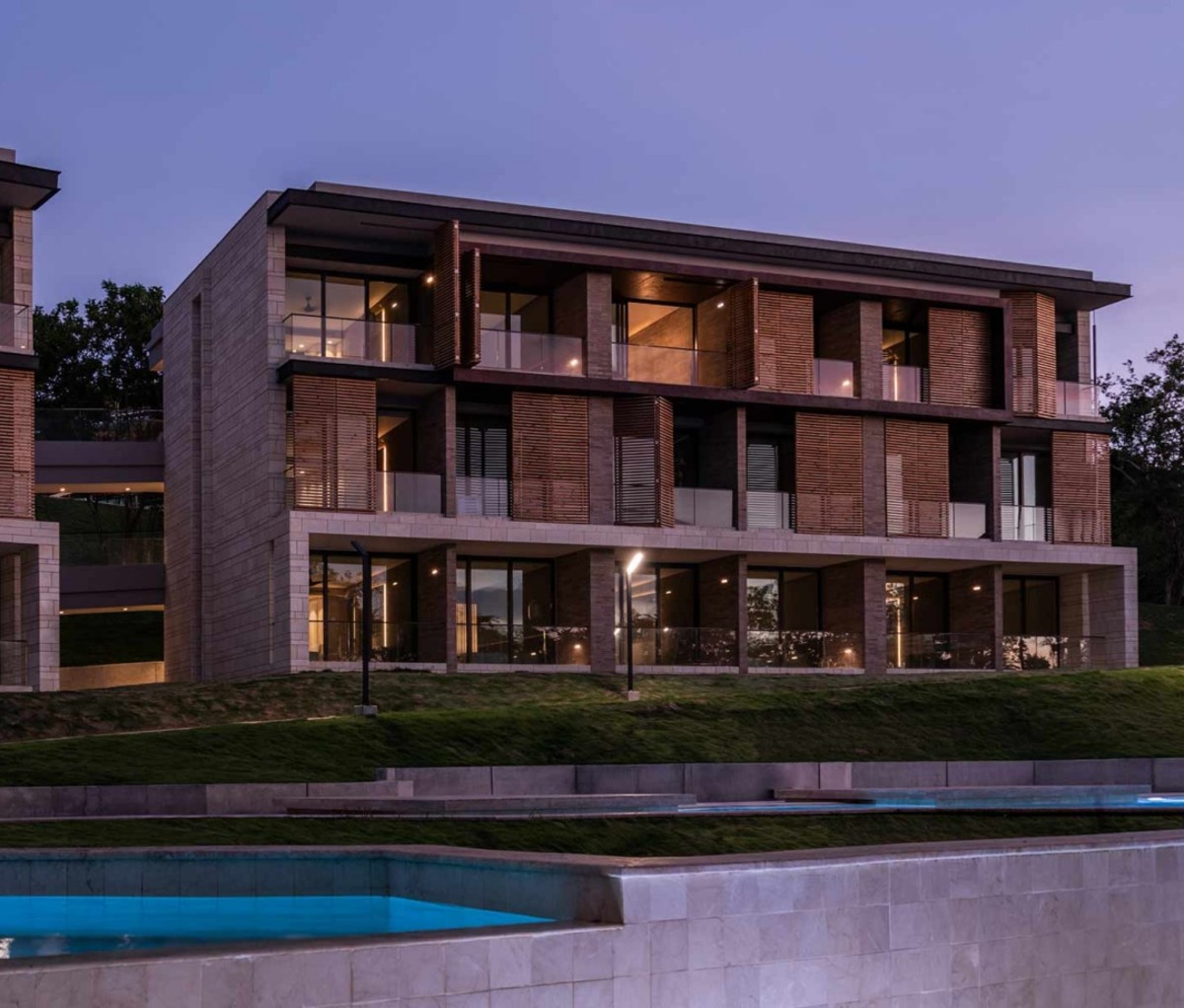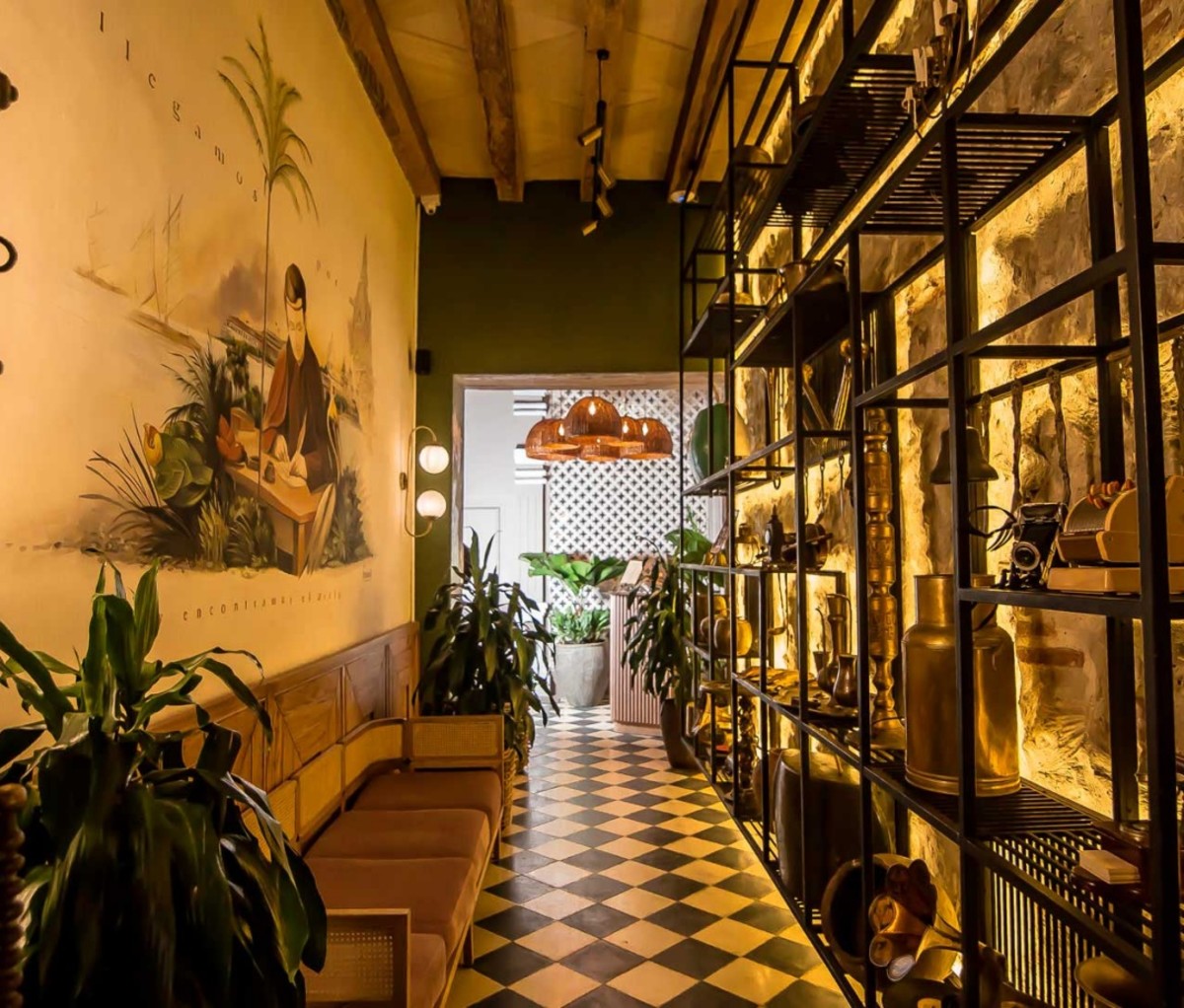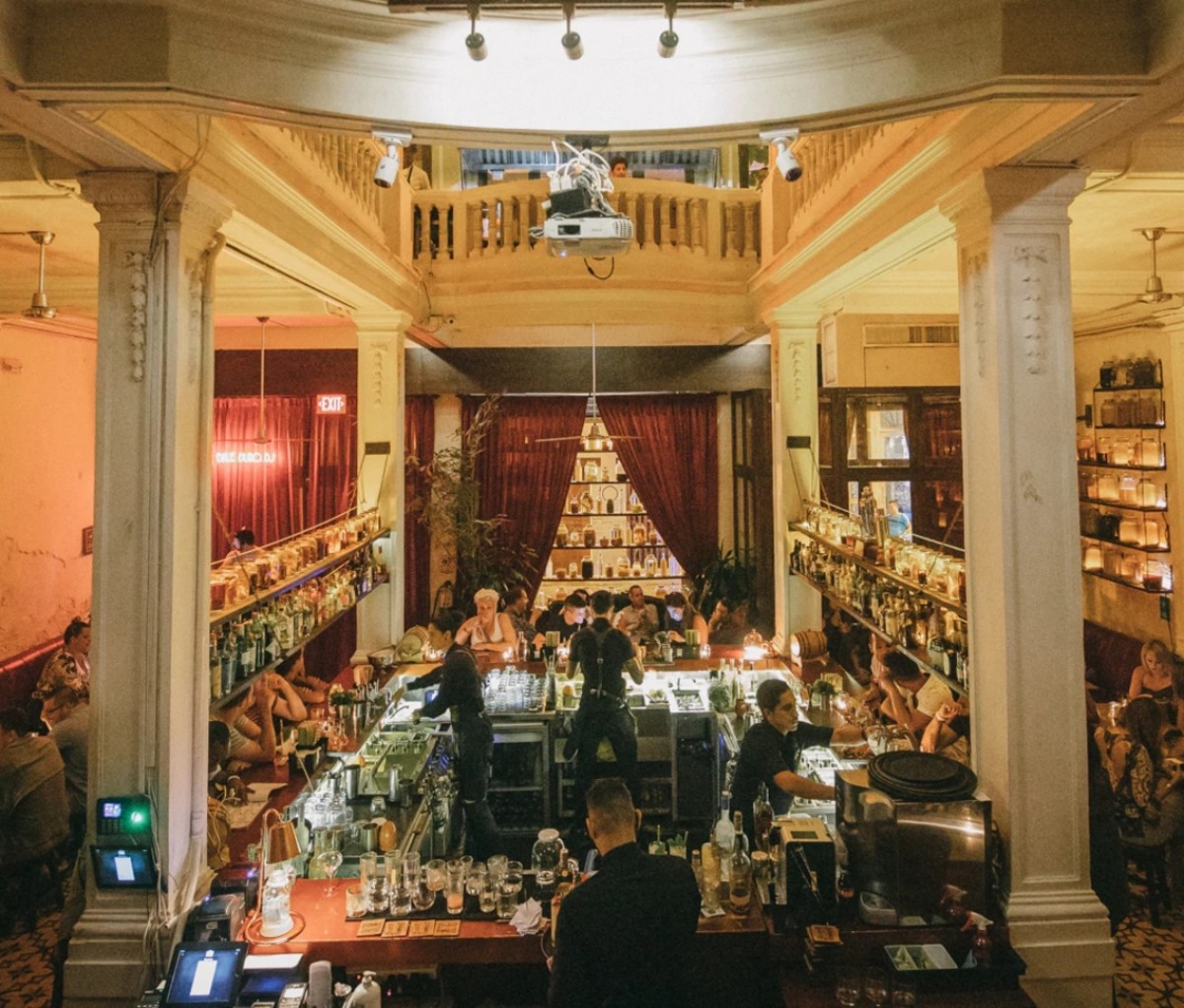There’s no other Caribbean destination like Cartagena, Colombia. Founded nearly 500 years ago, Cartagena de Indias (the city’s full name) grew into one of the richest towns in the Americas in the Spanish colonial era, and today it’s replete with old-world vestiges of its colonial origins. The best preserved evidence of that period is the opulent Spanish Colonial architecture of the city’s UNESCO-listed Old Town. Inside its walls, cobbled streets are lined with centuries-old mansions painted in vibrant hues, elegant arcades ring picturesque squares, and horse-drawn carriages navigate palm-fringed promenades by the shore.
But unique architecture isn’t the only reason Cartagena has been dubbed the “Jewel of the Caribbean.” This melting pot of Latin, Indigenous, Afro-Colombian, and Middle Eastern cultures is among the most dynamic cities in the hemisphere. As modern Cartagena continues to evolve, its fascinating contrasts prove that this vivacious city marches to the beat of its own drum.
Formerly neglected barrios like Getsemaní have experienced an art-fueled renaissance and culinary boom in recent years. Condos now soar into the sky in the glitzy Bocagrande district, a Miami Beach lookalike. And surrounding it all are some of the most gorgeous beaches and biodiverse habitats in the world. (Did you know that Colombia is home to more bird species than anywhere else?) Here’s how to sample it all in a four-day weekend.
How to Get There
Since it’s one of Colombia’s major cities, reaching Cartagena is a breeze. JetBlue, American Airlines, Delta, Spirit, and Avianca operate direct flights from the U.S. (mostly from East Coast cities) to Rafael Núñez International Airport. Cartagena is about a five-hour flight from New York City and just under three hours from Miami.
Where to Stay
Sofitel Legend Santa Clara Cartagena: The grand dame hotel of Cartagena occupies an imposing former convent right in the center of the city’s historic district. Its 125 contemporary rooms and suites span two wings: One from the 17th century, which was part of the old convent, and a “newer” addition from the 19th century. The two wings are divided by a series of landscaped colonial-style patios and gardens.
The hotel’s mammoth breakfast buffet is made unforgettable thanks to a dedicated palenquera (one of Cartagena’s iconic female fruit vendors) who carves up a cornucopia of tropical fruits tableside. End your days at El Coro Lounge with a nightcap and live cumbia performances.
Casa San Agustin: Casa San Agustin is a step-back-in-time kind of hotel with a 300-year-old aqueduct that cuts through the center of its handsome grounds. While packed with modern comforts, the 31 rooms and suites are decorated in traditional Colombian style inflected with Caribbean accents like colorful bed covers and low-slung wicker furniture. The hotel’s courtyard restaurant, Alma, is a destination in its own right. It specializes in local preparations of seafood like zesty ceviches and cazuela de mariscos (Cartagena-style seafood chowder).
Anandá Hotel Boutique: The nondescript ochre facade of the colonial-style building is a foil for what lies inside: a veritable oasis that prizes intimacy with 23 elegantly appointed rooms and suites, a serene courtyard pool, and a lush rooftop terrace.

Sofitel Barú Calablanca Beach Resort: Cartagena’s city beaches aren’t so impressive, so if you want a true Caribbean-style getaway, book a few nights at Colombia’s only luxury beachfront resort on Isla Barú. It’s less than an hour from the city by boat (the property can arrange a charter from Cartagena’s main yacht club), but feels worlds away—it’s located on a secluded cove on the island’s north coast.
The hotel’s design is a departure from the norm, too. The main building recalls a contemporary art museum with its stacked concrete and stone volumes and massive walls of glass. While there, you’ll have plenty of ways to relax: There are three restaurants, seven bars, a state-of-the-art fitness center and spa, and four pools.
What to Do
Take a walking tour of the Centro Histórico: There’s no shortage of tour operators in Cartagena, but to really get to know the glorious maze that is the Centro Histórico, seek out Marcella “March” Diaz. She founded Mar de Leva Travel with one mission: to “stop boring tours” of her hometown. Diaz’s family has been in the city for generations, so she’s more than equipped to curate deep-dive excursions that cover a great range of subjects, from street food to architecture.
Every corner you turn with Diaz, she runs into a familiar face, whether it’s a young cafe owner, captivating street performer, or charismatic palenquera. Among the tour’s slew of interesting factoids, she includes the history of San Basilio de Palenque (a town founded by escaped African slaves and the first such town in the Americas) and how to determine the wealth of Cartagena’s homeowners by analyzing the doors of Old Town’s colonial mansions. Hint: Look closely at the ubiquitous animal aldabas (door knockers) that adorn the giant wooden entrances of the buildings.
Explore the artsy vibes of Getsemaní: Locals used to caution against venturing south of the walled city into Getsemaní, but this formerly seedy barrio is now a hub of Cartagena’s youth-driven creative energy and entrepreneurship. Its streets are lined with vibrant murals by local artists, and a bevy of artisan boutiques, restaurants, and bars have opened up in recent years. Stop by Café del Mural, one of the city’s most innovative coffee shops, where owner David Arzayus blends Colombian-grown arabica beans with unusual ingredients like anise and saffron.
Wander the aisles of Bazurto Market: This chaotic, gritty food market is best explored first thing in the morning, when butchers, fruit sellers, craftsmen, and florists set up shop for the day. It’s one of the most authentic ways to experience local life in Cartagena, and it gets more raucous throughout the day as families and friends gather over games of Scrabble, rounds of beer, and a soundtrack of champeta music. Sometimes you’ll even stumble on an impromptu jazz jam session. Just be sure to secure your valuables before entering—the market is a hotspot for pickpockets.
Satisfy your sweet tooth at El Portal de los Dulces: Located beneath the arcade at Plaza de los Coches, this row of mainly women vendors is where you can sample traditional sweet confections of the region like cocadas (fruit jelly-filled coconut macaroons), cabellito de ángel (papaya stewed in spiced syrup), tamarind balls coated in sugar, and muñequitas de leche (doll-shaped milk caramels). Most come pre-wrapped and boxed up, making them the perfect souvenir to bring home.
Boat around the Islas del Rosario: If you’re craving a day at sea, book a private boat tour of the Islas del Rosario. This archipelago of tropical islands just off Cartagena’s coast offers crystal-clear Caribbean waters for snorkeling and swimming along Colombia’s largest coral reef. If you’d rather turn up at a beach party, there’s usually a rowdy one happening on Isla Cholón. Pack some booze in a cooler to pregame on the cruise over.
What to Eat
Restaurante Candé: If there’s one spot that locals seem to universally recommend to out-of-towners, it’s the award-winning Candé. This vivacious restaurant is simultaneously upmarket and authentic, with an elevated menu of coastal Colombian classics (splurge on the grilled lobster served with coconut milk, tomatoes, and coconut rice). Better yet, the food is accompanied by attention-grabbing folksy performances throughout the evening. Make your dinner reservation well in advance.
Época Espresso Bar: There are two Old Town outposts of this cozy espresso bar and café, which highlights specialty beans from Colombia’s coffee regions like Quindío, Santander, and Sierra Nevada. Come for a killer brunch of flavor-packed rice bowls, Mexican egg dishes, sweet pastries, and more—all to be washed down with inventive cocktails infused with unconventional flavors like rosemary, beets, and of course, coffee.

Mar Y Zielo: Chef Mariano Cerna deftly reimagines Columbia’s culinary treasures using seasonal ingredients and contemporary techniques. The result? Ultra-satisfying dishes like local crab croquettes with sweet pepper emulsion and coconut, and Guajiro goat with coconut and cassava purée. The atmospheric gastrobar spans a moody dining room, intimate outdoor terrace, and two buzzy bars.
Restaurante Celele: Celele is one of the most coveted dinner spots in hip Getsemaní for contemporary Colombian-Caribbean eats. Chefs Jaime Rodríguez and Sebastián Pinzón devoted years to exploring the flavors of the Caribbean coast with the aim of preserving Indigenous gastronomic traditions in their cooking. Start with an order of casabe (a type of bread) with sesame butter, then go for some of the menu’s more ambitious bites, like beef tongue pastrami with roasted pineapple. Celele also earned the Gin Mare Art of Hospitality Award in 2021.
Where to Drink

Alquímico Bar: This World’s 50 Best Bar is one of Cartagena’s best, and that’s no secret—lines snake out the door nearly all night long. Spanning three floors of a stunning colonial mansion, each of Alquímico’s levels focuses on distinct mixology concepts. For classics, stick to the ground floor. On the second floor, cocktails are inspired by the colors of Colombia, and on the rooftop, the country’s diverse wildlife serves as the spirited theme. Fresh organic ingredients are plucked from the bar’s farm in the countryside, which owner Jean Trinh established during the pandemic to support the local community.
El Barón: Cartagena had a dearth of decent cocktail bars until the advent of El Barón in 2013, and it persists as one of the city’s most cutting-edge destinations for meticulously made drinks. The cornerstone of the imaginative menu is premium Colombian rum—you can also sign up for rum tasting sessions—but the team infuses a vast library of spirits in-house for the extensive cocktail list. If you can, nab a seat on the outdoor patio that overlooks the beautiful Plaza de San Pedro Claver.
El Arsenal: The Rum Box: Entrepreneur Abraham Dau founded this paean to Colombian rum culture in 2017 to shake up the bar scene in Cartagena—and he’s certainly succeeded. This trendy Getsemaní drinking den claims to have the world’s largest stock of Colombian rums, and it puts them to good use in a grand cocktail catalog that includes stellar sippers like Negroni Di Juan (8 years Juan Valdez Rum, Campari, and vermouth), Calipso (white rum, aguardiente, sugar cane, mint bitters, and anise), and your soon-to-be-favorite classic mojito. If you’re hungry, you can’t go wrong with the the tapas-style dinner menu of fried yuca, barbecue pork chops, and other finger-licking delights.
from Men's Journal https://ift.tt/7lqh049




No comments:
Post a Comment